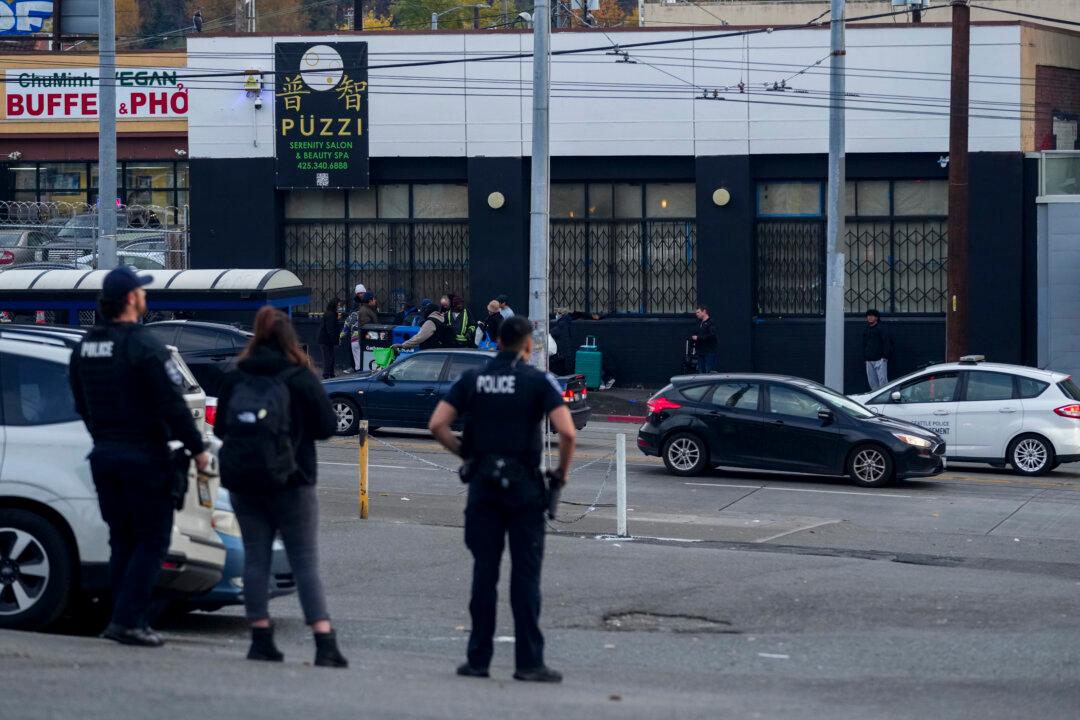The Kilauea volcano in Hawaii started to erupt inside its summit crater on Thursday, officials announced in a volcanic activity notice, less than two months after the world’s largest active volcano, Mauna Loa, erupted for the first time since 1984.
Shortly after 4:30 p.m. HST on Jan. 5, the U.S. Geological Survey (USGS) Volcano Observatory identified a “glow in Kilauea webcam images indicating that the eruption has resumed within Halema‘uma’u crater” in the volcano’s summit caldera, the agency said in a statement.





